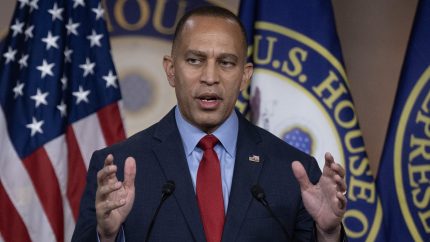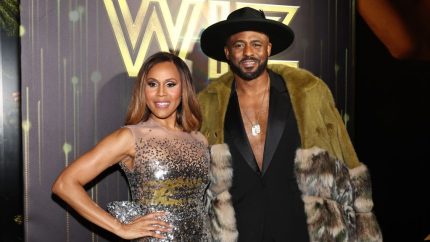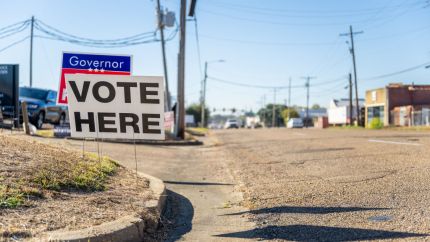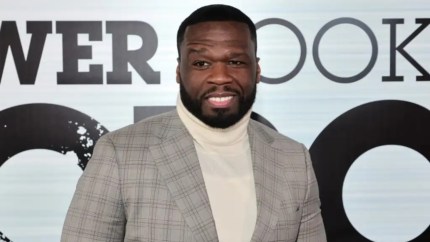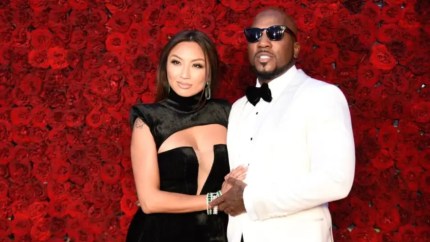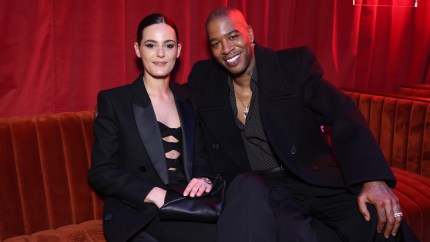Ed Dwight was to be the first Black astronaut. At 90, he’s finally getting his due
National Geographic's "The Space Race," premiering Monday, profiles Dwight as part of its chronicle of Black astronauts
NEW YORK (AP) — Ed Dwight grew up in segregated 1930s Kansas on a farm on the edge of town. An airfield was within walking distance, and, as a boy, he’d often go to marvel at the planes and gawk at the pilots. Most were flying back from hunting trips and their cabins were messy with blood and empty beer cans on the floor.
“They’d say to me, ‘Hey kid, would you clean my airplane? I’ll give you a dime,’” Dwight, 90, recalls. But when he was 8 or 9, Dwight asked for more than a dime. He wanted to fly.
“My first flight was the most exhilarating thing in the world,” says Dwight, smiling. “There were no streets or stop signs up there. You were free as a bird.”

It would be years before Dwight entertained the idea of himself becoming a pilot. “It was the white man’s domain,” he says. But while in college, he saw in a newspaper, above the fold, an image of a downed Black pilot in Korea.
“I said, ‘Oh my God, they’re letting Black people fly,’” Dwight says. “I went straight to the recruitment office and said, ‘I want to fly.’”
With that decision, Dwight set in motion a series of events that would very nearly lead to him being among the first astronauts. As Dwight progressed through the Air Force, he was handpicked by President John F. Kennedy’s White House to join Chuck Yeager’s test pilot program at Edwards Air Force Base in California’s Mojave Desert.
That fabled astronaut breeding ground, site of “The Right Stuff,” might have turned Dwight into one of the most famous Americans and the first Black man in space. But at Edwards, Dwight was discriminated against even with Kennedy championing him. After Kennedy was assassinated, Dwight’s path to NASA disappeared and he was never selected for the space program. Dwight departed for civilian life and largely receded from history.
But in recent years, Dwight is finally being celebrated. The new National Geographic documentary “The Space Race,” which premieres Monday on National Geographic Channels and streams Tuesday on Disney+ and Hulu, chronicles the stories of Black astronauts — and their first pioneer, Dwight.
“When I left, everyone said, ‘Well, that’s over. We got rid of that dude. He’s off the map,’” Dwight said in an interview by Zoom from his home in Denver. “Now it comes back full force as one of these I-didn’t-know stories. It’s almost amusing to me that all this furor could come up. But I’m kind of glad it did because something happened here.”
It wasn’t until 1983 that the first African American, Guion Bluford, reached space. But two decades earlier, Dwight found himself at a fulcrum of 20th Century America, where the space race and the struggle for social justice converged.
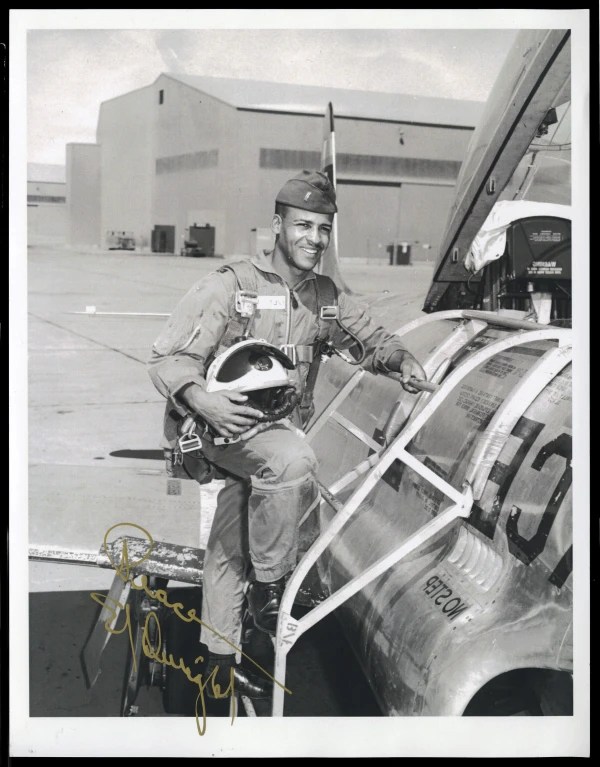
In “The Space Race,” astronaut Bernard Harris, who became the first Black man to walk in space in 1995, contemplates what a difference it might have made if Dwight had become an astronaut in the tumultuous ‘60s.
“Space really allows us to realize the hope that’s within all of us as human beings,” Harris says. “So to see a Black man in space during that period in time, it would have changed things.”
“Ed is so important for everyone who’s followed after, to recognize and embrace the shoulders they stand on,” says Lisa Cortés, who directed the film with Diego Hurtado de Mendoza. “There’s the history we know and the history that’s not had the opportunity to be highlighted.”
Dwight had experience at a young age with that. His father, known as Eddie Dwight, played in the Negro Leagues for the Kansas City Monarchs. He remembers sitting on Satchel Paige’s lap as a child — just one more connection to history running through Dwight’s life.
In 1957, when the Soviet Union launched Sputnik into orbit, it jolted its Cold War rival into action; NASA was formed the following year. But Dwight still wasn’t thinking about becoming an astronaut.
“Not in the slightest,” he says. “I thought these dudes going into space was the craziest thing I had ever heard in my life.”
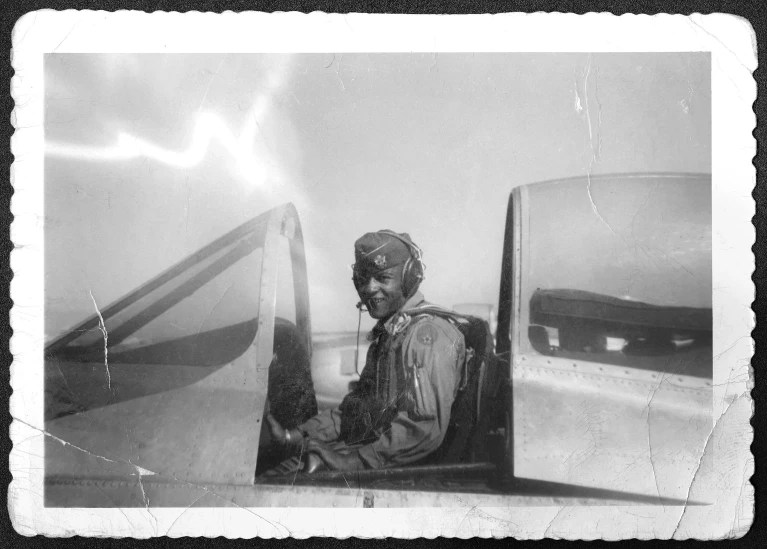
But as the U.S. began pursuing a space program, political leaders were conscious of the image its astronauts could project of American democracy. The first astronauts, the Mercury Seven, were all male and white. In September 1961, Edward R. Murrow, then Director of the U.S. Information Agency, wrote to NASA administrator James Webb.
“Why don’t we put the first non-white man in space?” wrote Murrow. “If your boys were to enroll and train a qualified Negro and then fly him in whatever vehicle is available, we could retell our whole space effort to whole non-white world, which is most of it.”
When the Aerospace Research Pilot School was established that November, the White House urged the Air Force to select a Black officer. Only Dwight met the criteria, which included 1,500 hours of flying jet airplanes, a bachelor’s degree in science or engineering (Dwight graduated with an aeronautical engineering degree from Arizona State University in 1957) and three consecutive “outstanding” ratings from military superiors.
That November, Dwight received a letter out of the blue inviting him to train to be an astronaut. Kennedy called his parents to congratulate them.
“And I thought, ‘Hell no.’ Why in the world would I ruin a wonderful, career to go and hang out with these guys didn’t know what the hell they were doing at the beginning?” says Dwight. “NASA was only two-years-old and they were talking about putting a Black guy in space?”
But he joined up. While at Edwards, Dwight was celebrated on the covers of Black magazines like Jet and Sepia. Hundreds of letters hailing him as a hero poured in. But in training, he was treated with hostility by officers who resented his inclusion in the program and the White House’s involvement.
“They were all instructed to give me the cold shoulder,” Dwight says. “Yeager had a meeting with the students and the staff in the auditorium and announced it — that Washington was trying to shove this N-word down our throats.”
Recommended Stories
Dwight describes one incident when he was the only pilot sent out to fly when film producers, along with Jimmy Stewart, came to the base to film the officers. He recounts private sessions with Yaeger “telling me how good the white guys were and how I shouldn’t be there.”
“All that kind of stuff didn’t really bother me,” Dwight says. “The mission was the main thing. What people didn’t know was that I was being handled out of the West Wing of the White House the whole time I was there. Either every day or every other day: ‘How’s it going? What’s happening? What do you need?’”
Yeager, who died in 2020, maintained Dwight simply wasn’t as good as the other pilots. In his autobiography, Yeager wrote: “From the moment we picked our first class, I was caught in a buzz saw of controversy involving a black student. The White House, Congress, and civil rights groups came at me with meat cleavers, and the only way I could save my head was to prove I wasn’t a damned bigot.”
The tensions were also described in Tom Wolfe’s “The Right Stuff.”
“Every week, it seemed like, a detachment of Civil Rights Division lawyers would turn up from Washington, from the Justice Department, which was headed by the president’s brother, Bobby,” wrote Wolfe. “The lawyers squinted in the desert sunlight and asked a great many questions about the progress and treatment of Ed Dwight and took notes.”
Dwight was among the 26 potential astronauts recommended to NASA by the Air Force. But in 1963, he wasn’t among the 14 selected. Dwight’s astronaut future took a more drastic turn when Kennedy was assassinated on Nov. 22, 1963.
“Everybody was wondering, ‘What’s going to happen with Dwight?’” says Dwight. “Everything changed.”
Kennedy was killed on a Friday. By Monday, Dwight says, he had papers in his mailbox shipping him out to Germany. He quickly met with Bobby Kennedy in Washington, who had the Pentagon cancel those orders. A day after that, he had papers sending him to Canada.
Ultimately, Dwight was stationed at Wright-Patterson in Ohio in January of 1964. He graduated the program and totaled some 9,000 hours of air time, but never became an astronaut. He left the Air Force in 1966.
Asked if he was bitter about his experience, Dwight exclaims, “God no!”
“Here you get a little 5-foot-four guy who flies airplanes and the next thing you know this guy is in the White House meeting all these senators and congressmen, standing in front of all these captains of industry and have them pat me on the back and shake my hand,” Dwight says. “Are you kidding me? What would I be bitter about? That opened the world to me.”
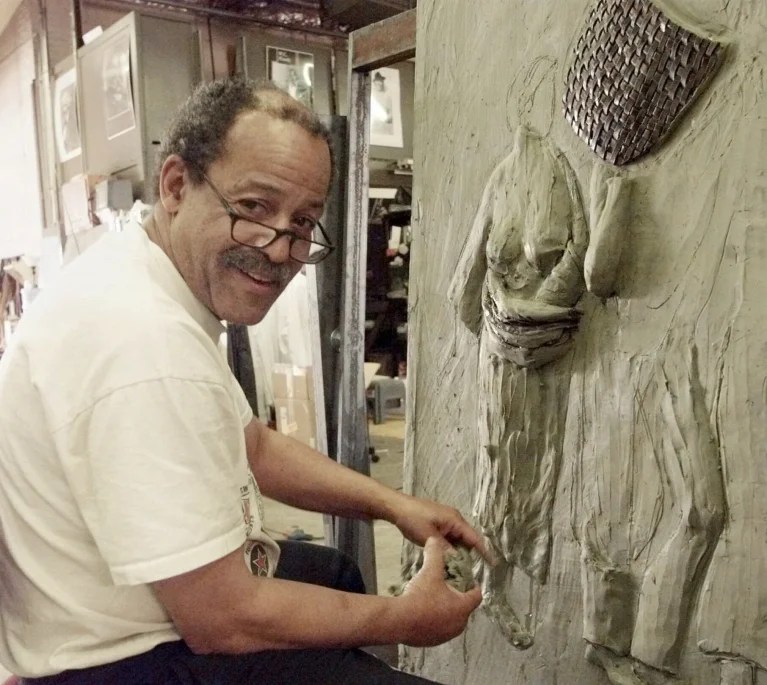
Dwight initially landed at IBM, then he started a construction company. In 1977, he earned his Master of Fine Arts in Sculpture from the University of Denver. Much of his work is of great figures from Black history such as Louis Armstrong, Duke Ellington and Barack Obama. Several of his sculptures have been flown into space, most recently one aboard the vessel Orion. NASA named an asteroid after him.
To the Black astronauts who followed in his footsteps, Dwight braved their path.
“When you talk to the other astronauts, it’s never about them. They all want to make sure you understand that for them to do their job, they needed the people who came before and paved the way for them,” says Hurtado de Mendoza. “For them, it was really important to include Ed in the story. They all had a story of when they first met Ed Dwight or the first time they heard about Ed Dwight.”
Dwight, with a little bemusement at how fate has worked out, acknowledges he’s proud to be considered a pioneer for Black astronauts.
“It’s good for them in that they didn’t have to go through this crap that I went through. It was a goddamn distraction. It’s like wanting to have eyes in the back of your head for all the stuff that was coming at you. I had to absorb that graciously,” Dwight says. “If I talked about it — ‘Oh, crybaby! You couldn’t do this and you couldn’t do that.’ That’s what would have happened if I stepped up to the mic and complained.”
But complaining wasn’t Dwight’s nature then, and it isn’t now, either. He’s not even mad at Yeager.
“This guy was being honest to what he was trained to do. The structure of his life, his culture, his personality, all were implanted in Chuck when he was a kid. He didn’t know anything about social liberalism. It was foreign to this man,” Dwight says. He adds: “That doesn’t make what they were doing right.”
Instead, Dwight is filled with gratitude. His one recommendation is that every congressman and senator be flown on a sub-orbital flight so they can see the Earth from above. Everyone, he thinks, would realize the absurdity of racism from that height.
“I’d advise everybody to go through what I went through, and then they’d have a different view of this country and how sacred it is,” Dwight says. “We’re on this little ball flying around the galaxy.”
Never miss a beat: Get our daily stories straight to your inbox with theGrio’s newsletter.
